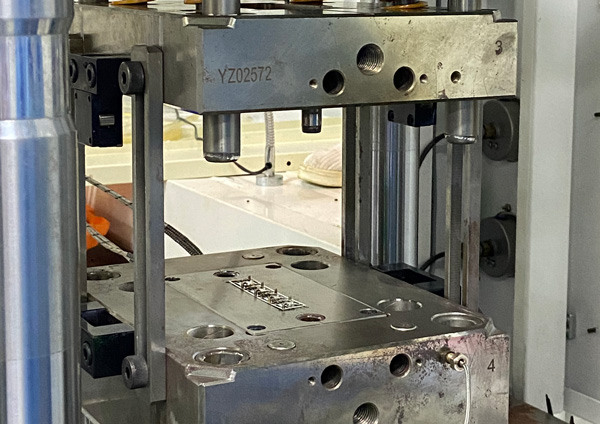In the injection molding process, plastic deformation failure is an issue that cannot be ignored. This phenomenon refers to the situation where localized plastic deformation occurs in the mold cavity under the action of molding pressure and temperature, rendering the mold unusable or even scrapped. So, how should we understand and address this issue?
I. Exploration of the Causes of Plastic Deformation Failure
Plastic deformation in the injection molding process often manifests in various forms, such as pitting and wrinkling on the mold cavity surface, as well as local collapse or depression on the injection molded products. What are the underlying reasons behind these phenomena?
Insufficient Strength of the Mold Cavity Material: The strength of the mold material is the foundation for resisting plastic deformation. If the material strength is insufficient, it will be difficult to withstand the high pressure and temperature during the molding process, leading to deformation.
Too Thin Hardened Layer on the Surface: The hardened layer on the mold surface is crucial for improving the mold's wear resistance and anti-deformation ability. However, if the hardened layer is too thin, it cannot effectively resist the external forces during the molding process, thereby triggering plastic deformation.
Tempering Softening Due to High Operating Temperatures: During the operation of the injection mold, if the temperature is too high, it may cause the mold material to undergo tempering softening, reducing its strength and hardness and increasing the risk of plastic deformation.

II. Rescue Measures and Coping Strategies
Facing the issue of plastic deformation in injection molding, what effective rescue measures should we take?
Select High-Quality Mold Materials: First, solve the problem at the source by choosing mold materials with higher strength and hardness. These materials can better withstand the pressure and temperature during the molding process, thereby reducing the risk of plastic deformation.
Strengthen Heat Treatment Processes: Through reasonable heat treatment processes such as quenching and tempering, the strength and hardness of the mold material can be further enhanced. At the same time, the internal structure of the mold can be optimized to improve its anti-deformation ability.